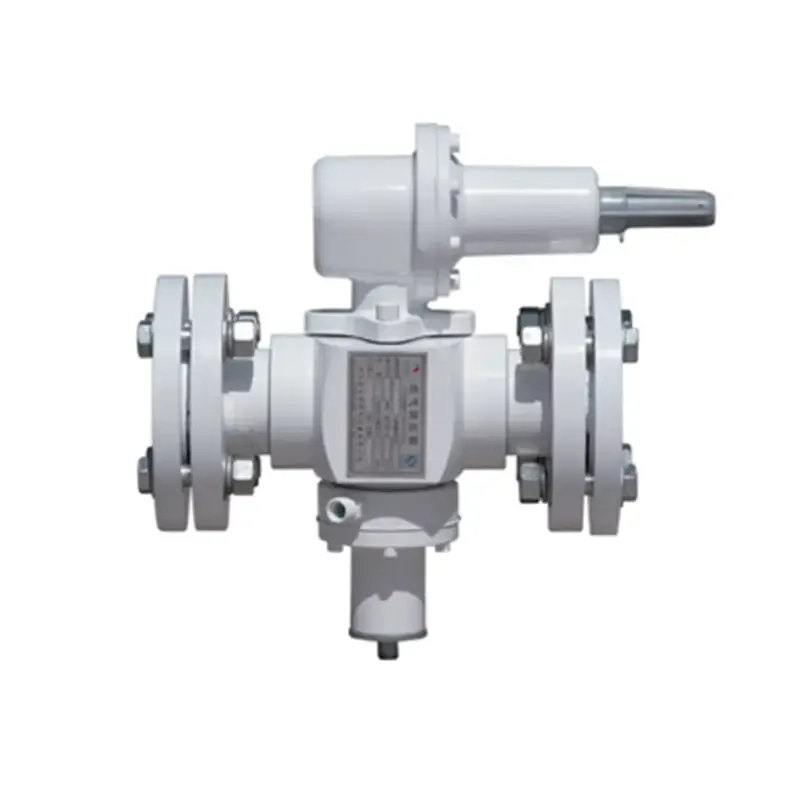
Dec . 21, 2024 05:16
Back to list
natural gas pressure reducing station
Understanding Natural Gas Pressure Reducing Stations
Natural gas plays a vital role in our modern energy landscape, serving industries, homes, and power plants. However, before it reaches consumers, the gas must be appropriately conditioned. This is where natural gas pressure reducing stations come into play. These stations are critical components of the natural gas distribution system, ensuring that gas is delivered safely and efficiently.
What is a Pressure Reducing Station?
A natural gas pressure reducing station is a facility that decreases the pressure of high-pressure natural gas coming from transmission pipelines, preparing it for distribution to end-users. High-pressure gas is delivered through large transmission lines, where it can reach pressures exceeding 1,000 psi. However, this pressure is far too high for residential or commercial applications, which typically require gas at pressures ranging from 1/4 psi to 60 psi, depending on the specific needs.
How Does It Work?
The operation of a pressure reducing station involves several steps. First, the high-pressure gas is incoming from the transmission pipeline and enters a screening device that removes particulates and contaminants. This initial filtration is crucial. Particulates can cause damage to downstream equipment and lead to malfunctioning systems.
Next, the screened gas enters a pressure regulation unit, where it undergoes a reduction in pressure. This is achieved using pressure regulators that automatically adjust the flow of gas, ensuring that delivery pressure remains stable despite variations in demand. The regulators can be designed with various settings, allowing for precise control based on the specific requirements of the distribution network.
In addition to pressure regulation, these stations often include metering systems. These systems measure the volume of gas being delivered to ensure accurate billing and to monitor usage patterns for operational optimization. Moreover, safety is paramount in pressure reducing stations, and they are equipped with safety valves and emergency shut-off systems to protect against overpressure situations.
natural gas pressure reducing station

Importance of Pressure Regulation
Pressure reducing stations play a crucial role in maintaining the safety and efficiency of gas distribution systems. Without these stations, high-pressure gas would pose a significant risk to residential and commercial properties. Gas escaping at high pressures could lead to dangerous conditions, including explosions or serious leaks.
Moreover, efficient pressure regulation facilitates better energy management. By controlling the gas pressure, utilities can respond quickly to changes in demand, ensuring that consumers receive a consistent supply of energy throughout the day. This is particularly important during peak demand times, such as cold winter evenings when heating needs surge.
Environmental Considerations
The operation of natural gas pressure reducing stations also has environmental implications. Properly maintained facilities contribute to reduced greenhouse gas emissions by preventing excess gas from escaping into the atmosphere. Furthermore, advances in technology have led to the development of more efficient pressure regulation equipment that minimizes energy losses during the reduction process.
In recent years, there has been a growing emphasis on using renewable energy sources and reducing reliance on fossil fuels. However, natural gas remains a vital transitional energy source as more sustainable options are developed. As such, pressure reducing stations will continue to be essential in the infrastructure that supports the safe and efficient use of natural gas.
Conclusion
Natural gas pressure reducing stations are integral to the energy distribution network, ensuring that users have safe access to natural gas at appropriate pressures. Through effective filtration, regulation, and monitoring, these stations facilitate the efficient and reliable delivery of fuel that powers homes and businesses alike. As advancements continue, the focus on safety, efficiency, and environmental responsibility will shape the future of natural gas distribution, making pressure reducing stations a crucial consideration in the ongoing evolution of energy infrastructure. In an era where energy efficiency and safety are at the forefront, understanding and appreciating the role of these stations is essential for everyone involved in energy consumption and distribution.
Next:
Latest news
-
Safety Valve Spring-Loaded Design Overpressure ProtectionNewsJul.25,2025
-
Precision Voltage Regulator AC5 Accuracy Grade PerformanceNewsJul.25,2025
-
Natural Gas Pressure Regulating Skid Industrial Pipeline ApplicationsNewsJul.25,2025
-
Natural Gas Filter Stainless Steel Mesh Element DesignNewsJul.25,2025
-
Gas Pressure Regulator Valve Direct-Acting Spring-Loaded DesignNewsJul.25,2025
-
Decompression Equipment Multi-Stage Heat Exchange System DesignNewsJul.25,2025

